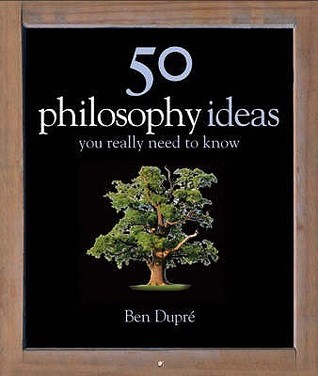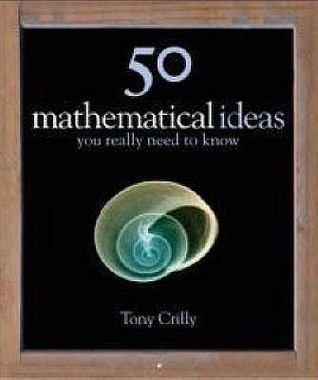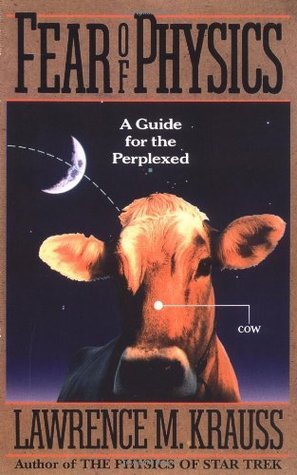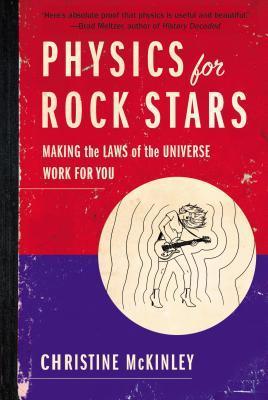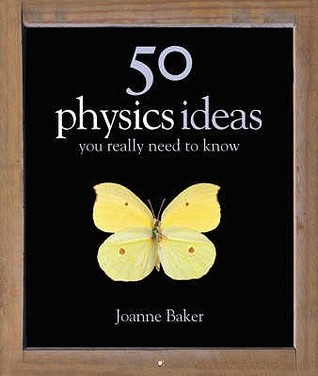
50 Physics Ideas You Really Need to Know
Book Description
Unlock the mysteries of the universe with "50 Physics Ideas You Really Need to Know." Venture into the awe-inspiring realms of black holes, quantum mechanics, and the fundamental forces that shape reality. Each idea pulses with energy, revealing the hidden connections between everyday life and the grand cosmos. With vivid illustrations and clear explanations, this book transforms complex concepts into captivating stories of discovery and innovation. From the depths of time to the fabric of space, these revolutionary ideas challenge perceptions and ignite curiosity. Are you ready to reimagine everything you thought you knew about the world around you?
Quick Book Summary
"50 Physics Ideas You Really Need to Know" by Joanne Baker is a concise and accessible guide to the fundamental concepts that have shaped our understanding of the universe. The book distills complex topics—ranging from Newtonian mechanics to quantum entanglement—into clear explanations suitable for curious minds of any background. Each entry explores not only the science but also the historical context, major discoveries, and the influence of these ideas on technology and everyday life. Through engaging writing, helpful illustrations, and thought-provoking insights, Baker demystifies the workings of the cosmos and connects abstract principles to real-world phenomena. This book serves as an ideal starting point for those new to physics or anyone seeking to deepen their appreciation for how the universe operates.
Summary of Key Ideas
Table of Contents
The Fundamental Forces That Govern the Universe
At the heart of the book is an exploration of the fundamental forces that dictate everything from the behavior of atoms to the motion of galaxies. Gravity, electromagnetism, and the strong and weak nuclear forces are unpacked to reveal how they underpin the structure of matter and the dynamics of the cosmos. The development of theories—from Isaac Newton’s universal gravitation to the modern search for a unified theory—shows humanity’s quest to find order in the universe. Baker highlights key discoveries that changed our understanding, such as Einstein’s revolution of relativity and the synthesis of electromagnetism by Maxwell.
The Nature of Space and Time
Delving into the nature of space and time, the book challenges traditional intuitions by discussing the fabric of spacetime, cosmic expansion, and the Big Bang. Readers learn how time and space are interconnected, elastic, and subject to distortion by energy and mass. The book takes readers from the mysterious singularity of black holes to the cosmic microwave background, using these concepts to paint a picture of our universe’s origin and its possible fate. The exploration of relativity stretches the imagination, showing how time can dilate and space can warp.
Quantum Realities and Uncertainty
The quantum realm introduces some of the most baffling and counterintuitive ideas in physics. The book discusses principles such as quantum superposition and uncertainty, where particles exist in multiple states until observed and their properties become fundamentally unknowable beyond a certain precision. Baker explains the quantum enigma of entanglement, where particles instantaneously influence each other over vast distances, and explores how these phenomena are foundational for emerging technologies such as quantum computers.
Waves, Particles, and Duality
The dual nature of light and matter as both waves and particles is presented through accessible analogies and historical anecdotes. Concepts like the photoelectric effect and wave-particle duality highlight the limitations of classical physics and the surprising realities unveiled by twentieth-century experiments. Baker demonstrates how these discoveries led to new branches of physics and revolutionary technologies like lasers and semiconductors, which have become integral to modern society.
Physics in Everyday Life
Finally, the book connects abstract physics concepts to everyday life and technology. Baker shows how understanding friction, pressure, thermodynamics, and electricity helps explain phenomena as diverse as weather patterns, engine efficiency, and even biological processes. She emphasizes how physics is not just about distant stars or subatomic particles but is woven into the fabric of daily experience. Through her clear, approachable style, Baker encourages readers to view the world with curiosity and awe, inspired by the elegant rules that govern it.
Download This Summary
Get a free PDF of this summary instantly — no email required.

